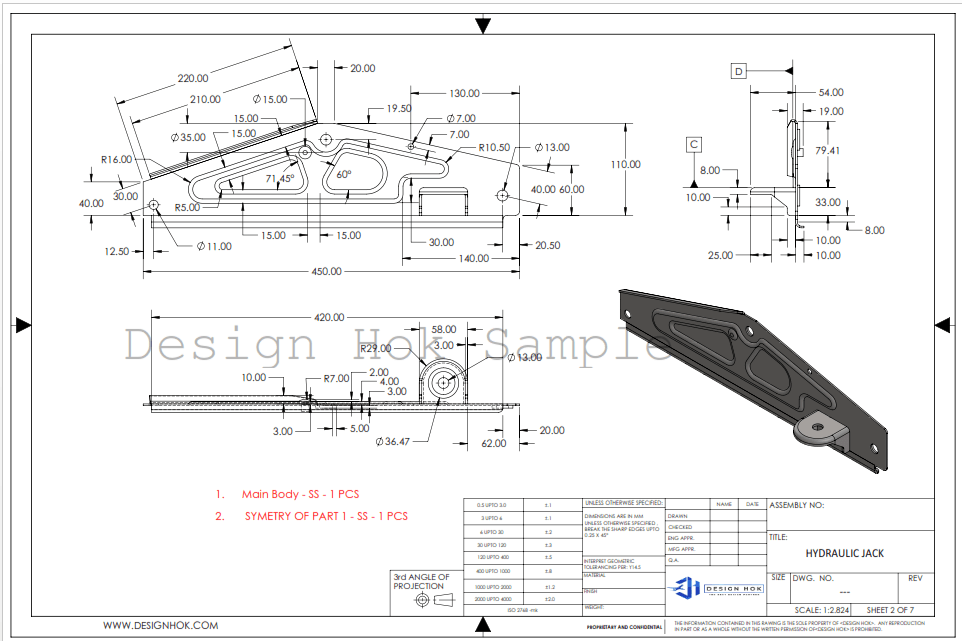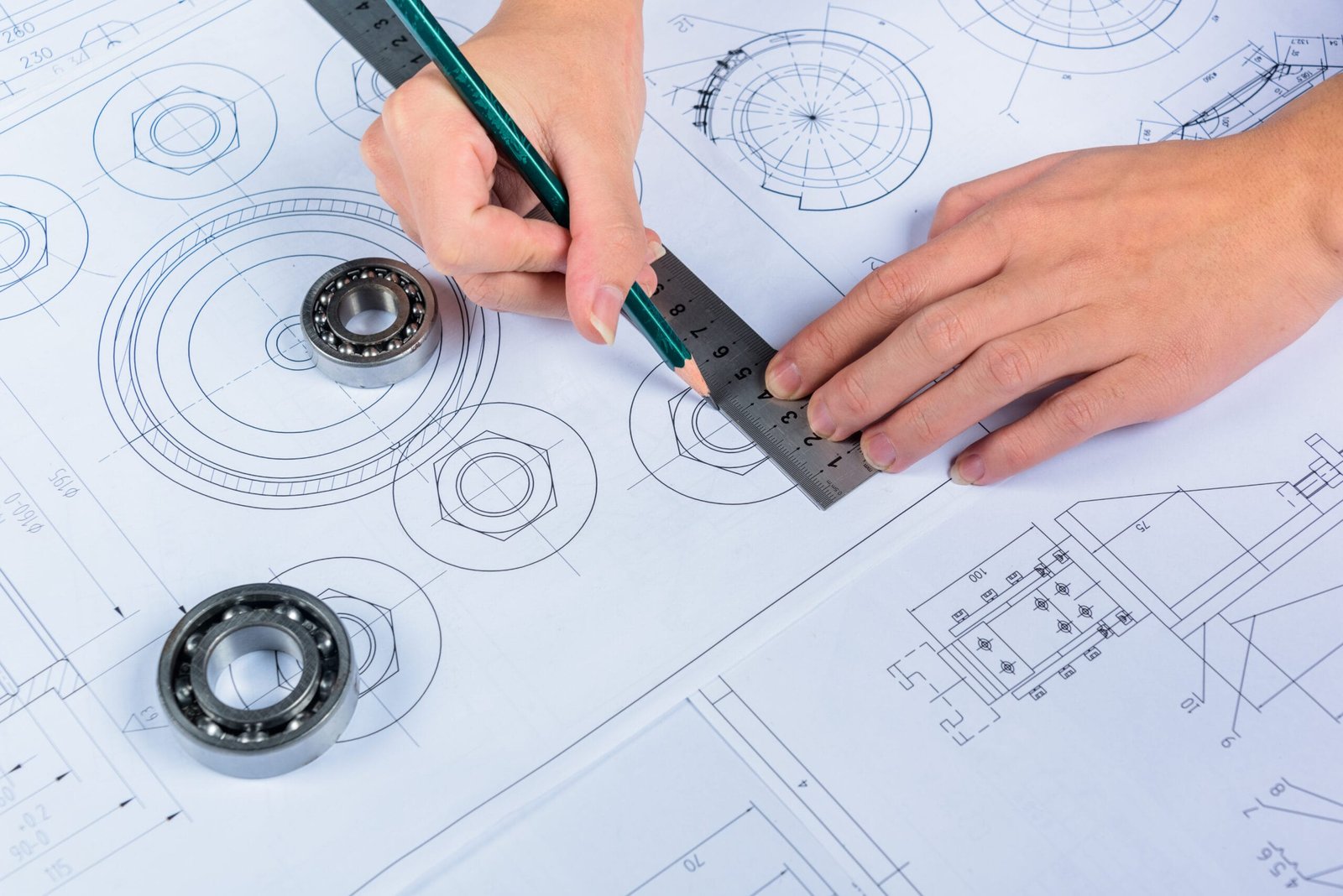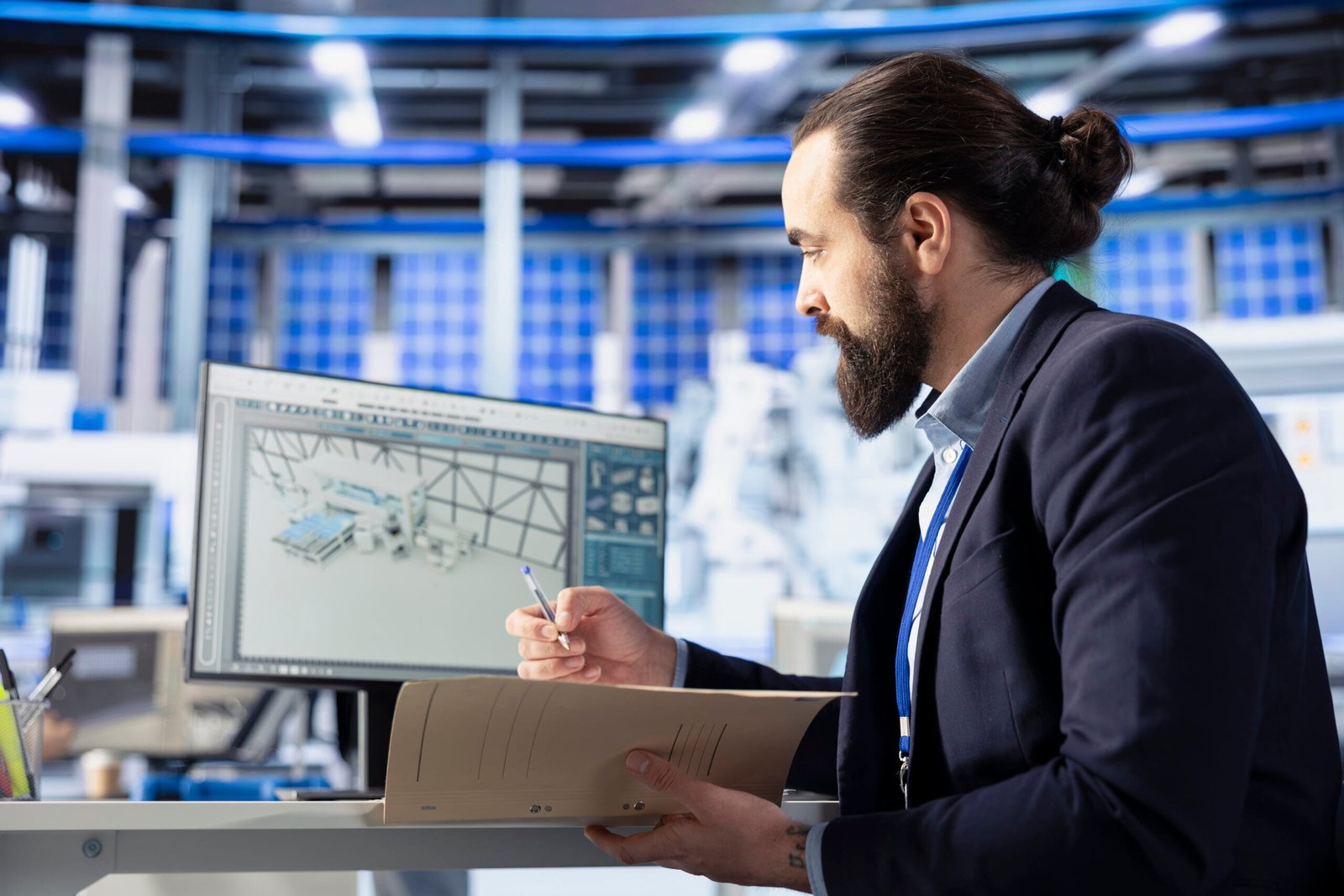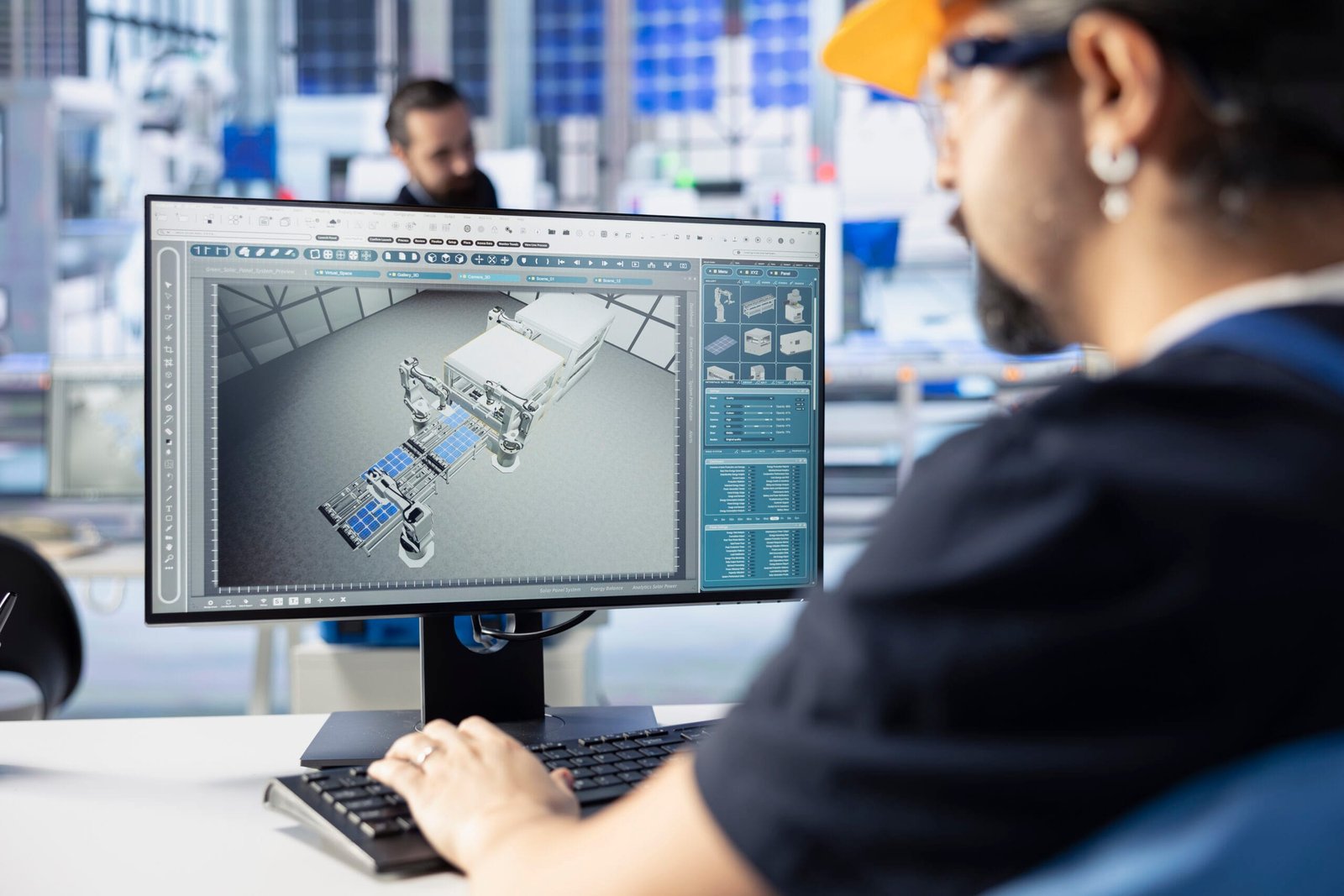Introduction
Airport infrastructure design is not only about making terminals and runways. It is a complete system that ensures smooth and better operations for planes. Moreover, it keeps airplanes, passengers, luggage, and cargo moving safely. It also helps airport staff do their work smoothly and without trouble. A better airport design minimizes delays, keeps you safe, saves time, and gives you a better travel experience.
We will understand the major parts of Airport Infrastructure Design. We will also talk about planning methods, design elements, and the effect of modern technology on our airports. You might be a civil engineer, planner, or curious to learn. So, let us dive deep into understanding the infrastructure of airports. Moreover, we will also talk about the importance of design.
Understanding Airport Infrastructure Design
Airport Infrastructure Design involves planning, designing, and construction of all physical structures around an airport. These are:
Paths for planes to take off, land, and move around
- Buildings where passengers check in and wait for flights
- Areas for loading and unloading goods and packages
- Parking spaces and roads for cars and buses
- Towers that guide and control airplane movements
- Lights, signs, and systems. These are useful for safety and communication.
The design must follow air travel rules. You must keep safety first, environmental rules, and make the airport easy and comfortable.
2. Value of Good Design in Airports
An airport that is well designed is helpful in:
- Minimizing delays by making traffic flow better.
- Improving safety with better layouts and systems
- Helping in future growth through better infrastructure
- Improving the experience of passengers with better check-ins and spaces.
- Improving the national economy by supporting trade and tourism
So, a good design should not only be judged on beauty. You also have to check the performance, sustainability, and use.

3. Important Parts of Airport Infrastructure
Engineers and designers need to think about a few main things before designing an airport. These are:
Airside Parts:
- Runways – These are long paths where planes take off and land
- Taxiways – Paths for planes to move between the runway and the parking
- Aprons – Areas where planes park for boarding or loading
- Lighting and navigation aids – These are the lights and signals that guide planes safely.
Landside Components:
- Terminals – They are the buildings where travelers check in, wait, and board
- Cargo areas – You can load goods and packages in these areas.
- Parking spaces – Used for parking cars and buses
- Access roads and railways – This is done by linking roads and trains to the city.
Support Systems are:
- Power and water supply – You have to provide electricity and clean water for airport operations.
- Fire stations and safety systems – Handling in case of emergencies and keeping everyone safe.
- Air Traffic Control – You can manage flights and guide planes safely.
- Fuel stations and maintenance hangars – For refueling and repairing aircraft.
So, each part must link and work together smoothly.

4. Airport Infrastructure Design Planning Process
You have to do good planning for an airport design. Here is the procedure:
- Site Selection – You select a location with enough land, safe weather, and correct zoning.
- Forecasting Traffic – This involves estimating how many passengers, flights, and cargo will come.
- Master Planning – You plan the layout of runways, terminals, and future expansion.
- Feasibility Study – You test environmental, legal, technical, and financial aspects.
- Design and Construction – It involves making detailed drawings and creating the airport in stages.
5. Runway and Taxiway Design
These are the ways in which planes take off and land. The design is important for safety.
Runway design depends on:
- Wind direction – Mostly planes take off and land against the wind.
- Length and width – It tells you about the type and size of aircraft.
- Slope and drainage – You can stop water from collecting on the surface.
- Pavement strength – These are made strong enough to hold heavy planes.
- Markings and lighting – Helpful to guide pilots and improve visibility.
Taxiways are shaped paths at the airport. They must be flat and wide enough to turn planes safely. Moreover, clear markings and signs help guide pilots.
6. Terminal Building Design
It is the main building in the airport. Here, passengers check in, go through security, relax, and pick up their bags.
Important areas are:
- Check-in desks
- Security checks
- Waiting areas and gates
- Baggage claim
- Shops and toilets
The design should be simple to move around as well as safe and comfortable.
7. Airside and Landside Facilities
Airside – These are the areas used by airplanes:
- Parking stands
- Control towers
- Fuel systems
- Rescue and fire services
Landside – These are the areas for passengers and staff:
- It includes bus or metro stations
- It has pick-up and drop-off points
- Also includes Offices and maintenance buildings
The design should link airside and landside smoothly and perfectly.
8. Airport Support Systems
You must have support systems to work properly:
- Power – You require powers for lights, lifts, and controls
- Water and Waste – You must have toilets, cleaning, and food areas.
- IT Systems – IT systems handle tickets, baggage, and Wi-Fi
- Safety and Security –It includes cameras, alarms, and emergency exits
These systems should be safe, reliable, and easy to use. So, it does not matter whether the airport is crowded or not.
9. Maintaining Environment and Safety
Airports can affect the surroundings. A good design must have:
- Noise control: You can control noise by using sound barriers.
- Green energy: Airports can use energy such as solar panels, wind power, or LED lighting.
- Recycling systems: They help to manage waste and use water.
Wildlife safety: It means keeping birds and animals away from planes.
Your design must follow ICAO and FAA safety rules to reduce the risk of accidents.
10. Smart Technologies in Airport Design
Modern airports are becoming more digital. Designers can include smart systems like:
- Airports use biometric check-in and boarding
- Also Self-service kiosks
- Have real-time flight and baggage tracking
- Security cameras utilize AI to improve safety
- Improved lighting, cooling, and heating systems
These technologies result in airports running faster, safer, and cleaner. This gives a better travel experience.
11. Challenges in Airport Infrastructure Projects
Designing airports isn’t easy. Challenges include:
- Land availability
- High costs and long timelines
- Environmental approvals
- Changing airline trends
- Passenger behavior and safety after pandemics
Planners must stay flexible and always plan for future upgrades.
12. Future Trends in Airport Infrastructure
The airport design will be different than the present ones:
- Airports will be green with environmentally friendly buildings and electric vehicles.
- Modular construction makes it easy to build and expand quickly.
- Touchless Travel: From mobile boarding passes to automatic baggage drops
- Travel will be touchless with mobile boarding passes and self-service baggage drops.
- There will be drone zones for unmanned aircraft.
- In highly populated cities, there will be vertical airports built upwards.
The airports in the future will be smart, safe, and environmentally friendly. These are built to serve people with ease..
Conclusion
You make systems for the smoothness, safety, and efficiency of people in airport design. It includes planning, construction, and doing upgrades. So, each part of the design is important in providing a better travel experience.
So, regardless of the size of the airport, a great design is the basis of success.
FAQs
Explain an airport infrastructure design?
It involves planning and making everything in an Airport Infrastructure Design. These are runways, terminals, roads, and safety systems.
Do you know the importance of Infrastructure Design?
A good design helps reduce delays, improve safety, and save money. Moreover, it makes travel more comfortable for passengers and staff.
What are the important parts of airport infrastructure?
The main parts are airside areas, terminals, parking lots, roads, and support systems. These are important for lighting and IT work.
What is the time duration to design and build an airport?
You may require 3 to 10 years. It depends on the size, budget, and location. Airports that are large may take more time because of standards and approvals.
Can you explain the trends in airport design?
Now there are smart technologies, environmentally friendly buildings, and AI for security. Moreover, there are contactless services and digital flight information systems.
How do airports minimize the waste?
Airports reduce waste by using solar panels, electric vehicles, water recycling, noise barriers, etc.
What standards guide airport infrastructure design?
Airports follow rules that are set by various organizations.





